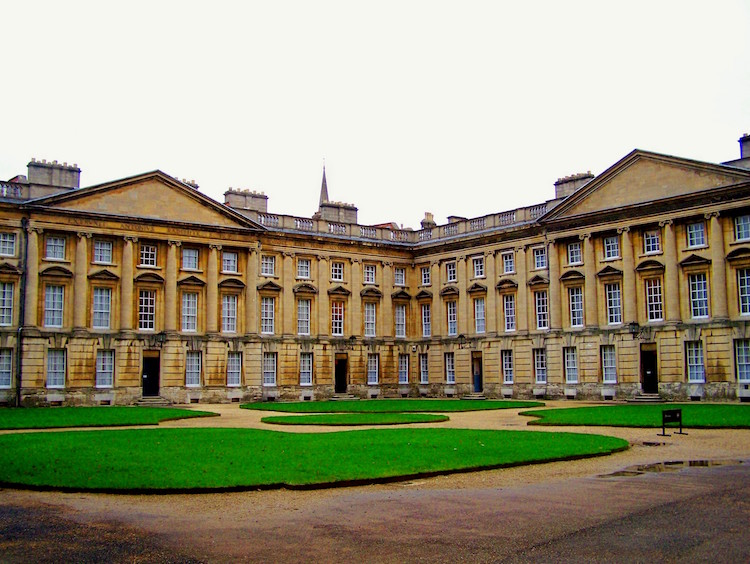The forgotten faces which are the subject of Christ Church Picture Gallery’s current exhibition hang unassumingly in a corridor between rooms filled with the great and grand works of the Italian and Dutch masters. Both the subjects of the portraits and the artists who painted them are unknown, their identity lost somewhere along the course of their long history. Three of the four paintings come from the storerooms of the gallery and are on exhibition for the first time in decades, offering viewers a unique chance to see these fascinating and otherwise inaccessible images.
The first and best preserved painting in the exhibition is the only one of the four to be on permanent exhibition in the gallery, where it perches high and unnoticed above Frans Hals’ famous ‘Portrait of a Woman’. Once believed to be a Holbein, the concentrated and selfabsorbed look of the sitter rather suggests a self-portrait. The intensity and prominence of the dark eyes serve to draw the viewer into participating in the meticulous observation of facial geography and the mysterious process by which a portrait becomes a depiction of inner life.
The second painting is of a wealthy, elegantly attired townsman. It has been heavily damaged and retouched over the years, such that much of its quality and feel has disappeared. Parts are blotchy and clumsily restored and only a couple of details—notably the silver clasp of the book and the shine on the gold necklace—give an impression of the quality the work might once have possessed, a quality indicated by the back of the portrait which bears the cypher of Charles I’s royal collection. One wonders about the level of sheer contingency which determines whether a painting hangs in a gilded frame in a great hall, or lies forgotten in the storeroom. One substandard retouch or unlucky accident in a history spanning centuries can consign to oblivion not only a painting, but its subject and creator too.
The third portrait, by far the most intriguing of the exhibition, is likewise impossible to attribute to a specific artist owing to years of abrasion and patchy restoration. It gives a striking sense of proximity and intimacy—one feels an immediate and personal relation to the subject staring back at the observer with an ambiguous, enigmatic gaze. The young man seems to silently address the viewer, though the nature of the address is uncertain. Dressed modestly in an unornamented black gown and cap, the young man perhaps worries for his future, or stoically accepts some misfortune.
The fourth painting offers something rather different. While the other three are conventional portraits painted on canvas, the fourth is the left panel of an altarpiece triptych for a private chapel. In it a pious father bends his knees in prayer, his two young sons flanking him in a chapel which opens onto a broad, barren landscape. It differs significantly from the other paintings in both style and content; there is an empty, detached look in the eyes of the father and sons as they gaze skyward in contemplation.
These faces are not intended to reveal something about the sitter, to demonstrate personality or status, but to serve as an aid to prayer and contemplation, showing not the sitters themselves but their standing before God. The chipped and warped frame of the painting is exquisite, its delicate interplay of gold and black reminiscent of the lush foliage in Altdorfer’s ‘St George and the Dragon’. The full triptych, including a panel for mother and daughter, as well as a central scene of the Madonna and child, must have been a magnificent sight.
It is ultimately disappointing that so few of the stored paintings are on show and that many others remain forgotten in the storerooms of the gallery. Much of the exhibition’s interest comes from one’s own speculations about the history and identities of the paintings and their subjects. Nevertheless, taken in the context of the gallery as a whole, these forgotten portraits offer a kind of antidote to the heroism and grandeur of many of the works which fill the rest of the gallery. They remind us that in between the series of towering peaks which are the masterpieces of western painting there lies a wide and wonderful array of a thousand mounts, hills and valleys, each of them a unique and valuable reflection of forgotten faces and anonymous hands.



